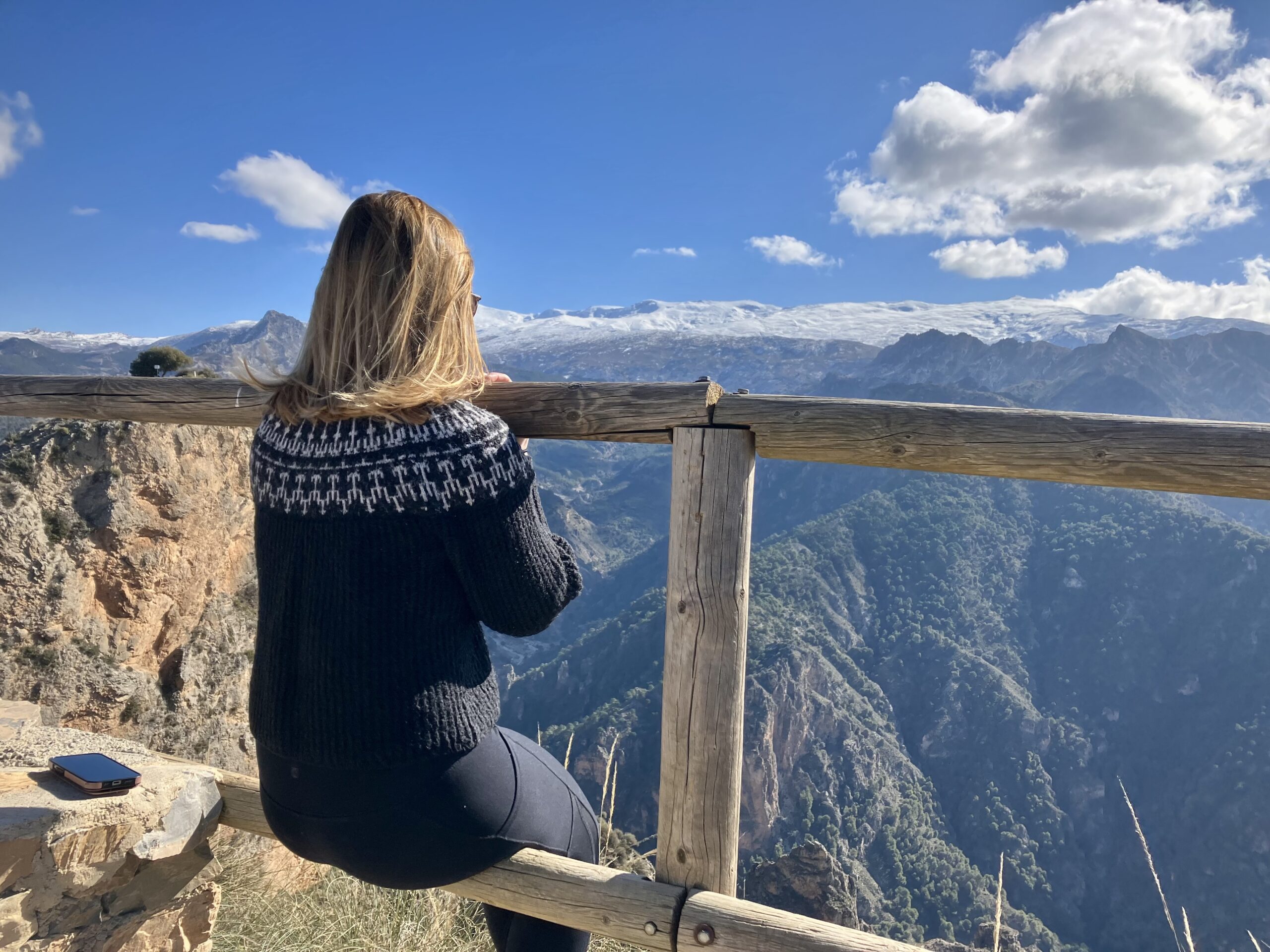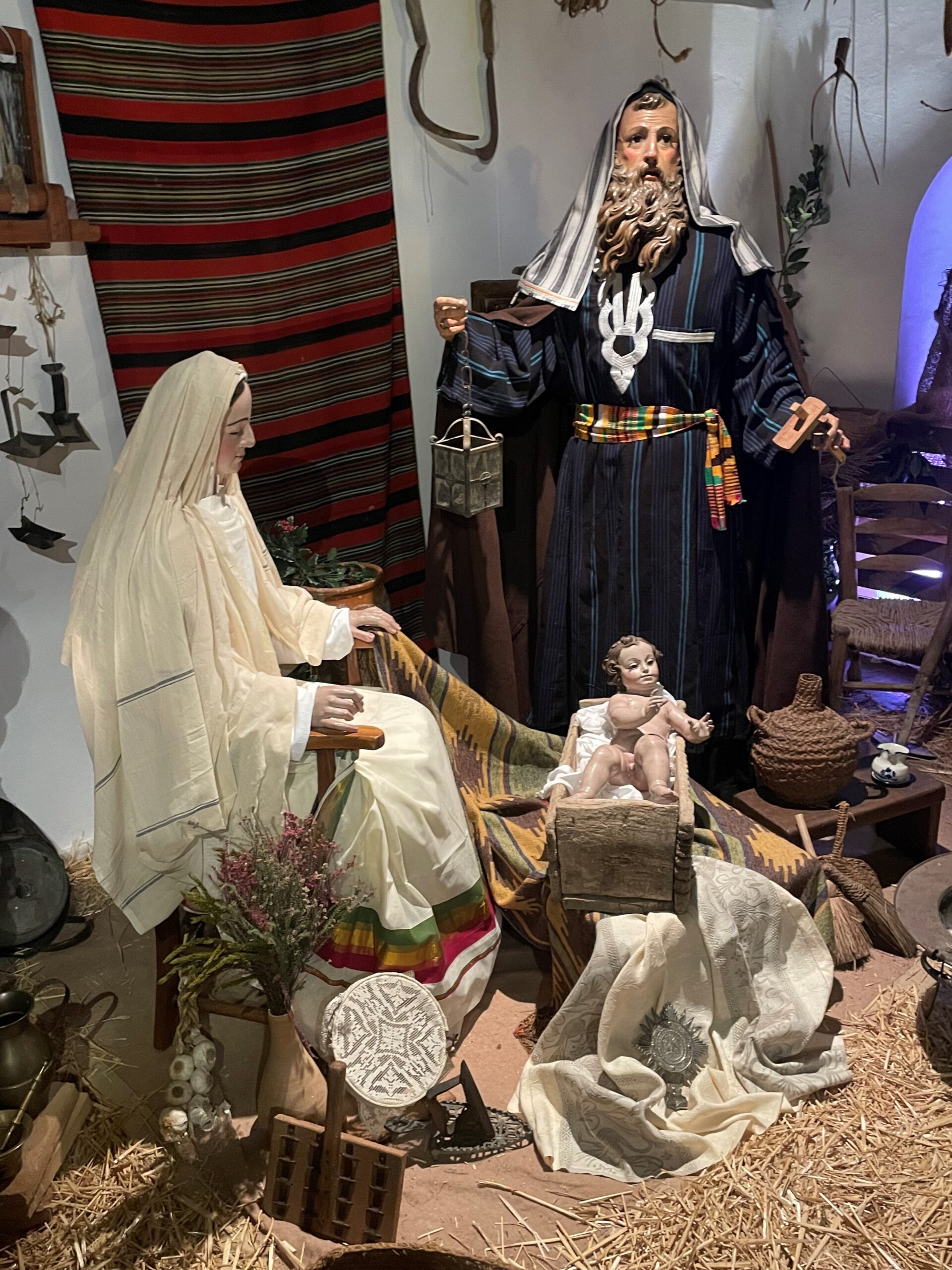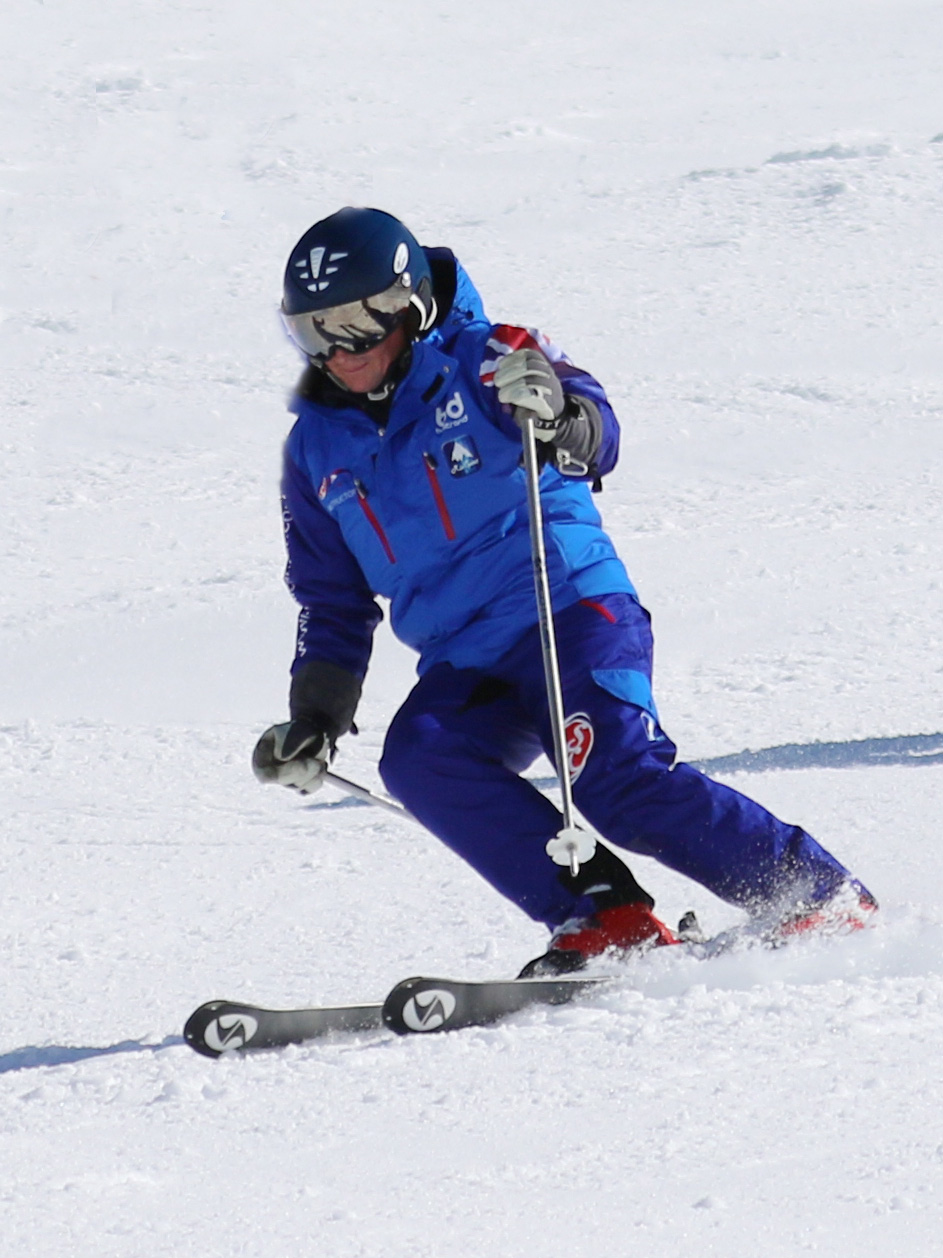Christmas is one of the most beautiful times of year – a time for reunions, joy, and an abundance of smiles all around. This is a heartwarming period to experience the city of Granada because, whether you are a Christian or not, there’s an undeniable feeling of magic in the air.
In Granada, the Christmas festivities, las fiestas de Navidad, begin in early December with the official lighting of the holiday lights, which brighten up the Fuente de Batallas, Plaza Nueva, Plaza Bib-Rambla, Puerta Real, and Avenida de la Constitución, among others. This illuminating event includes a spectacular light and sound show – not to be missed if you’re in town! Granada’s official holiday season launch also includes a host of other activities, namely workshops, plays, and carol concerts as well Nativity scenes are a popular local holiday tradition as the traditional nighttime costume marathon, held this year on December 13th.
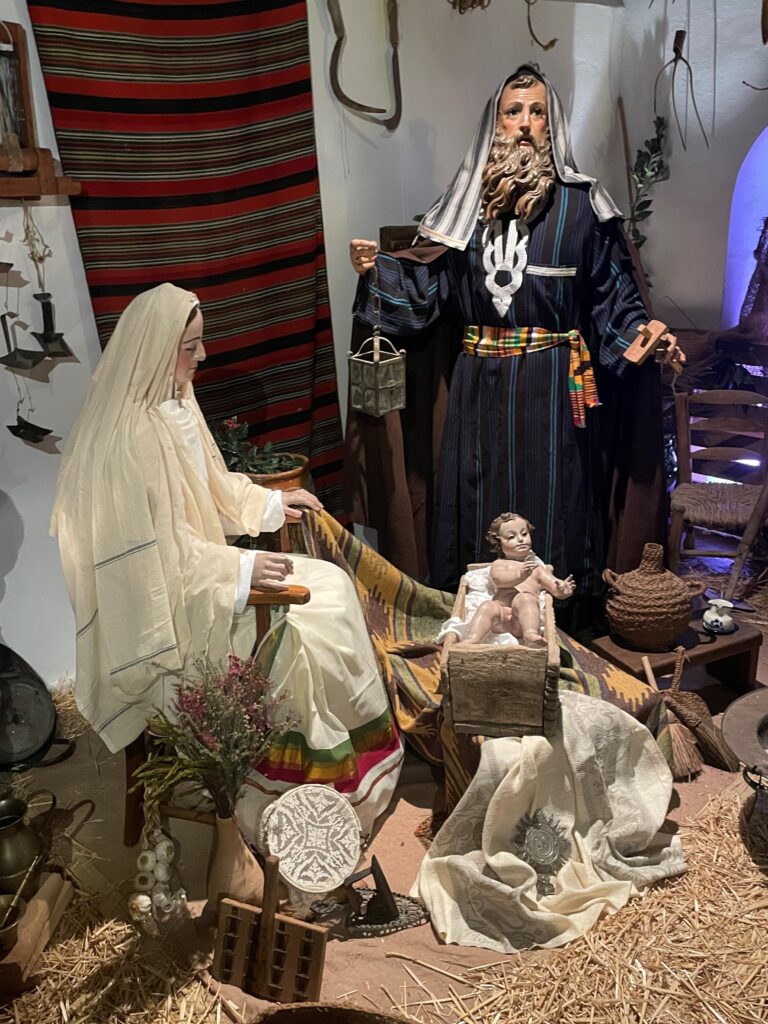
Lights and figurines
Most people practice the tradition of decorating their homes during the holiday season, and Granadinos are no exception. Typically, during the feast of the Immaculate Conception, which takes place the first week of December and coincides with the illumination of the city’s holiday lights, families begin decorating their homes. Some Spaniards choose to put up Christmas trees, in pure American style, while others decorate in a more traditional and religious way, by setting up a nativity scene, a belen.
The depiction of Christ’s birth is part of a Christian tradition that dates back more than eight centuries. Every nativity scene includes representations of Jesus, Mary, and Joseph in a manger, where the child was born. In Granada, this tradition also involves a mule and an ox to accompany the main figures, figurine representations of the shepherds gathered to worship the newborn, the three Wise Men with their offerings, angels, the Star of Bethlehem, the inn where Joseph and Mary sought shelter, and Romans.
For some, these basic nativity scenes have evolved into true works of art that can depict an entire city, with rivers made of real water, farms filled with animals, artisans, bakers, farmers and various other depictions of local life as it was over two thousand years ago. Nowadays, there are even some live nativity scenes put on throughout the city that feature real people in the various roles.
One of the most popular local activities during this festive season is visiting los belenes, the many nativity scenes set up throughout the city, such as the one at Granada City Hall in Plaza del Carmen, the handcrafted nativity scene at Casa de los Pisas in the San Juan de Dios Museum, or the one in the Cathedral itself. While going from one scene to the other, visitors can stop by one of the many convents selling homemade Christmas sweets to purchase some of the famous alfajores or traditional yemas de Santa Clara.
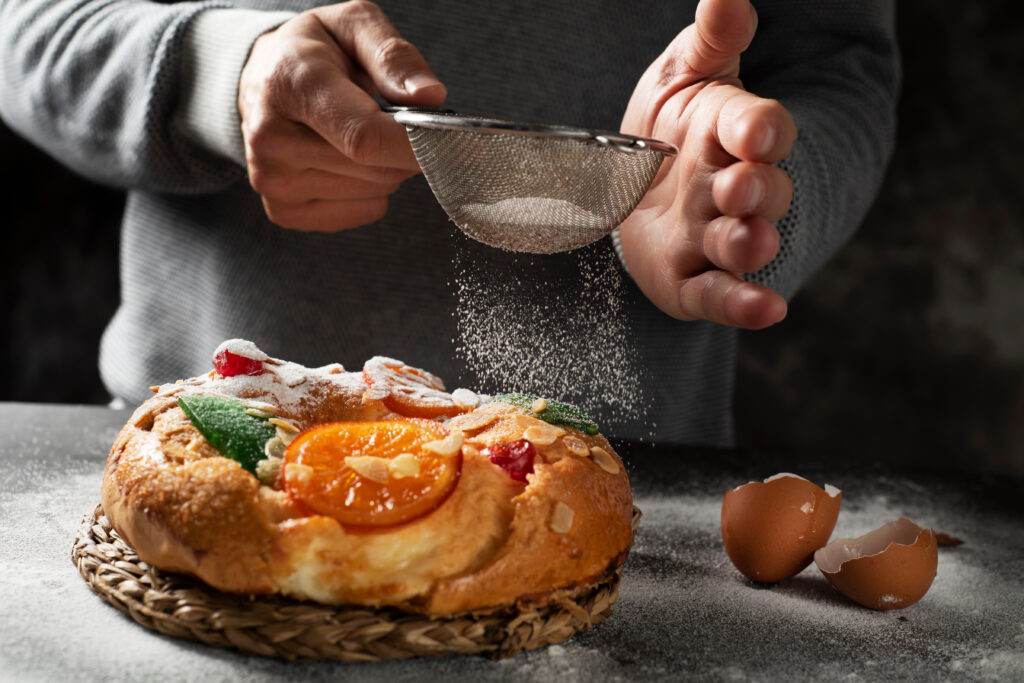
Celebrations
Over the years, Nochebuena, celebrated on December 24th, has become more of a cultural celebration in Granada than one focused solely on religion. On this day, families gather around tables filled with food, sing carols, and make a toast to life. A typical Christmas Eve menu often includes seafood and ham and cheese as starters, followed by a main dish of lamb, suckling pig, or stuffed turkey. For dessert, the pijama – a colorful sweet plate featuring flan with whipped cream, ice cream, and fruit in syrup – is often served. To top it all off, it is customary to place a tray in the center of the table with an assortment of Christmas sweets like nougat, polvorones, marzipan, tocinos de cielo, sugared almonds, or puff pastries.
For Westerners, Christmas Day is often associated with Santa Claus and children eagerly waiting to open the presents they find under the tree when they wake up. In Spain, this celebration is not as common, as many families prefer to give and receive gifts on January 6th, the day of the three Wise Men, los Reyes Magos.
Granada is a city famous for its fiestas, so the festive spirit on Nochevieja, New Year’s Eve, comes as no surprise! Come midnight, when the 12 chimes from the town hall clock ring in the new year, locals put one grape in their mouths along with each chime in honor of a century-old Spanish tradition. Eating the 12 grapes is said to bring luck and prosperity for every month of the new year.
After the grape ritual, family members and friends toast with champagne, and those who are married place their rings inside their glasses to invite prosperity into their love lives. After the midnight toast, the cotillón, the main party, begins. This celebration usually takes place in nightclubs or hotels, and often lasts until the wee hours of the morning.
Wearing red underwear is another popular New Year’s Eve custom that is considered essential for starting the new year off on the right foot.
The Royal Postman
Around mid-December, a royal postman, el Cartero Real, settles into his quarters at Granada City Hall to welcome all the children who wish to mail letters (most with special gift requests) to the three Wise Men. Most children take this opportunity to sit on the postman’s lap and have their photo taken as a keepsake. And this is not just any photo! Traditionally, this picture with the royal postman is superimposed on a mockup cover of one of Granada’s most iconic newspapers, El Ideal. For years, young Granadinos have been able to collect multiple ‘cover pages’ that show the progression of their childhoods in the arms of this special holiday messenger.
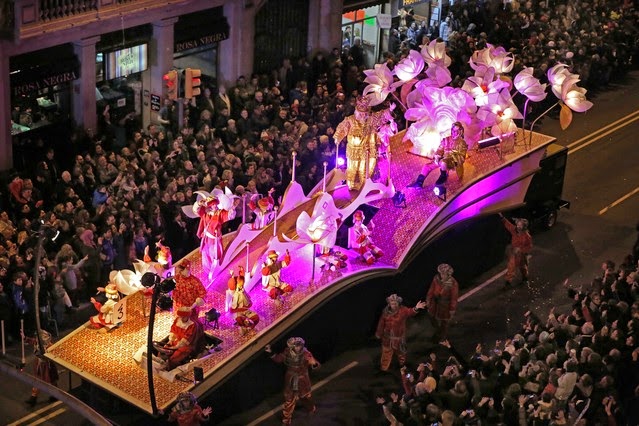
Epiphany Day
The evening of January 5th is the culminating point of the holiday season as the three Wise Men finally arrive to the city bearing gifts. Granadinos take to the streets to welcome los Reyes after their long journey from the East in a festive parade-like procession. The procession of floats is filled with costumed and cartoon characters, and makes its way through the city center, tossing sweets, stuffed toys, and other treats to children of all ages lining the streets.
Excited little ones on the sidelines await the trio of majesties with a bag in which to store their loot. Some of the more seasoned spectators come with umbrellas, which they open at just the right moment to catch dozens of candies and toys thrown from floats.
After the parade, it’s time to head home for a ritual full of magic and innocence, where everyone who wishes to receive gifts places their shoes in a prominent spot for the Wise Men to fill with gifts. It is also important to prepare provisions for them and their camels, who by now are exhausted from all their travels and hard work. Typically, children leave milk and cookies or chocolate for the Wise Men, and a bowl of water and carrots for their camels. And then, it’s time for bed! Upon waking, little ones run to their shoes to see if they’ve been good enough to deserve gifts – the more mischievous children may find a piece of coal in their shoe instead.
The morning of January 6th is usually filled with smiles and enthusiasm over what gifts have arrived from the East. In most households in Granada, it is tradition to open these gifts while enjoying a slice of the typical roscón de Reyes. This sweet bread topped with candied fruit and filled with whipped cream, truffle, or custard, also contains hidden surprises inside. One of them is a figurine of a Wise Man, which brings great luck to whoever finds it. There’s also a bean hidden inside, which obliges the one who finds it to pay for the entire roscón.
The holidays are a universally festive time in most cultures, but their meaning and how they are celebrated take on different forms across the globe. If you’re lucky enough to be in Granada this time of year, understanding local customs will not only help you enjoy the festivities more, it also adds depth to your cultural experience and immersion. May the joy of the holidays uplift you!
Where it’s at:
CASA DE LOS PISAS – Calle Pisas, Albaicín
GRANADA CITY HALL – Plaza del Carmen, 3
GRANADA CATHEDRAL – Plaza de las Pasiegas

